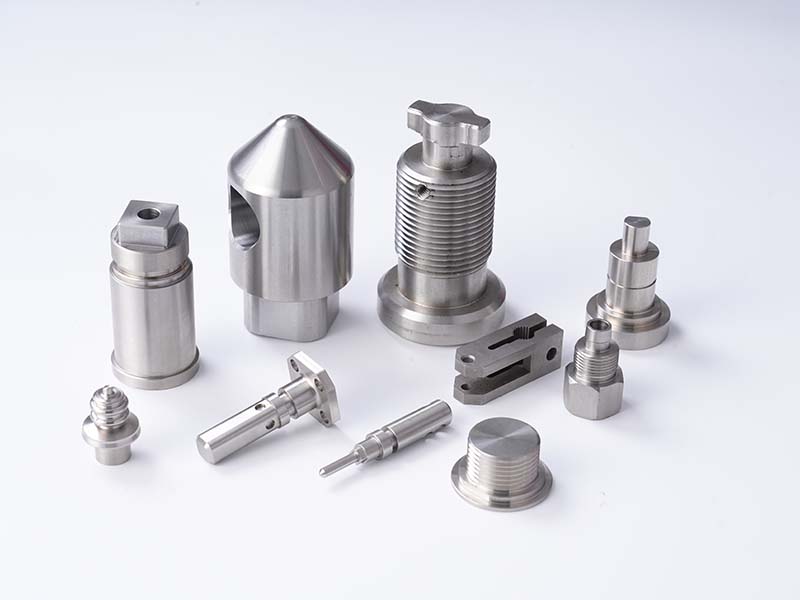Message
To improve CNC machining accuracy, there are several methods and techniques that can be employed. Here are some commonly used approaches:
1. Machine Calibration: Proper calibration and alignment of the CNC machine are essential for achieving accurate results. Regular maintenance and calibration of the machine's axes, including linear guides, ball screws, and spindle, can help minimize errors and ensure precise movements.
2. Tool Selection: Selecting the right cutting tools is crucial for achieving accuracy in CNC machining. High-quality tools with appropriate geometries and sharp cutting edges can reduce tool deflection and improve machining precision. Additionally, using tools with proper coatings and materials can enhance tool life and maintain consistent performance.
3. Workholding and Fixturing: Securing the workpiece effectively is vital for accuracy. Proper workholding and fixturing techniques, such as using clamps, vises, or custom fixtures, can minimize vibrations, part movement, and deflection during machining. This ensures that the workpiece remains stable and positioned accurately throughout the machining process.
4. Feeds and Speeds Optimization: Optimizing the cutting parameters, such as cutting speed, feed rate, and depth of cut, is crucial for achieving accuracy. Finding the right balance between these parameters helps prevent excessive tool wear, minimizes vibrations, and maintains consistent chip formation, resulting in improved accuracy and surface finish.
5. Rigidity and Stability: Ensuring the rigidity and stability of the machine setup and workpiece is essential. Considerations include selecting appropriate cutting strategies, minimizing overhangs, and using adequate support structures to reduce vibrations and deflections during machining.
6. Toolpath Optimization: Optimizing the toolpath can help reduce unnecessary tool movements and minimize machining errors. Efficient toolpath strategies, such as minimizing sharp direction changes, using adaptive toolpaths, or employing trochoidal milling techniques, can improve accuracy while reducing machining time.
7. Machining Simulation: Utilizing machining simulation software can help identify potential issues and optimize machining processes before the actual manufacturing. Simulations can detect collisions, tool interference, and other errors, allowing for adjustments and improvements to be made in the programming stage.
8. Inspection and Feedback: Regularly inspecting machined parts using precision measuring tools, such as calipers, micrometers, or coordinate measuring machines (CMM), can provide feedback on accuracy. This feedback loop helps identify any deviations or errors and allows for adjustments to be made to maintain or improve accuracy in subsequent machining operations.
By implementing these methods and techniques, CNC machining accuracy can be significantly improved, resulting in high-quality, precise parts and components.










